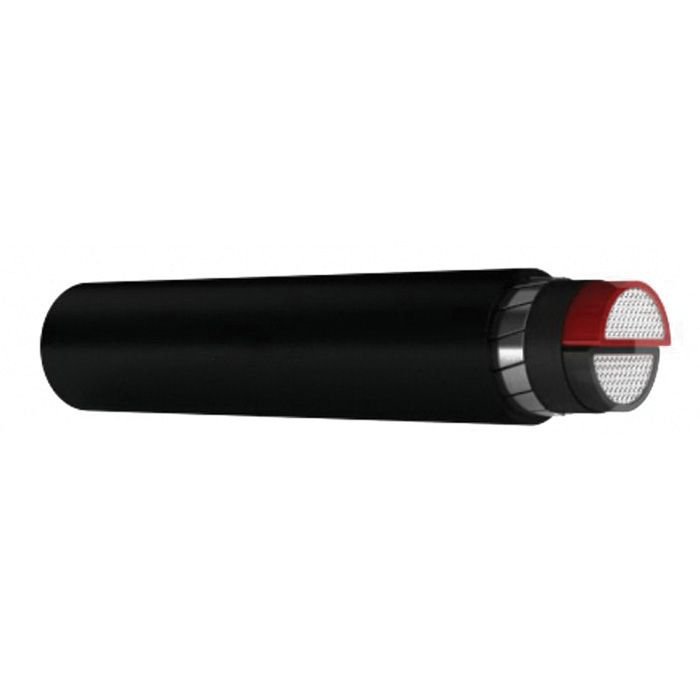WHAT TO DO WHEN YOUR CIRCUIT BREAKER TRIPS? Leave a comment
- To reset your circuit breaker, turn off the breaker by moving the switch or handle to the “off” position. Then, turn it back on. For safety, it’s a good idea to stand back from, or to the side of, the panel, just in case any sparks come from the breaker when it’s moved.
- When your circuit breaker trips, it indicates that there is an electrical overload or short circuit in your electrical system. Tripped circuit breakers are a safety feature designed to protect your home from electrical hazards. Here’s what you can do when your circuit breaker trips:
- Identify the tripped circuit: Look at the position of the circuit breaker handle. If it’s in the middle position or in the “off” position, it has tripped. Take note of which circuit breaker has tripped, as this will help you troubleshoot the issue.
- Turn off appliances: If the circuit breaker has tripped, it’s usually because of an overload caused by multiple devices or appliances drawing too much power simultaneously. Start by switching off or unplugging all electrical appliances or devices connected to the affected circuit.
- Reset the breaker: After turning off all appliances, locate the tripped circuit breaker and firmly push the switch to the “off” position and then to the “on” position. You should feel a definite click when resetting the breaker. If it immediately trips again or if you hear crackling or popping sounds, do not attempt to reset it again. Contact a licensed electrician to investigate the issue further.
- Determine the cause: If the circuit breaker trips again after resetting it, the cause could be a faulty appliance, a wiring problem, or an electrical issue. To determine the cause, follow these steps:

- Unplug all devices: Disconnect all devices from the circuit and switch off any light switches connected to the tripped breaker.
- Check for damaged cords or outlets: Inspect the cords of your appliances for any visible damage, such as fraying or exposed wires. Also, check the outlets for signs of scorching or loose connections.
- Distribute the load: If the circuit was overloaded, redistribute the devices across multiple circuits. Avoid plugging multiple high-power devices into a single circuit.
- Test the circuit: Once you have unplugged all devices and checked for visible issues, try resetting the circuit breaker again. If it trips immediately, there may be an underlying wiring problem or a faulty breaker. It’s advisable to seek professional help from a licensed electrician at this point.
7.Contact a professional electrician: If you are unable to identify the cause of the tripping or if the circuit breaker continues to trip after following the steps above, it’s best to contact a licensed electrician. They have the expertise to diagnose and resolve electrical issues safely.
Remember, working with electricity can be dangerous, so prioritise your safety and seek professional help when needed.


